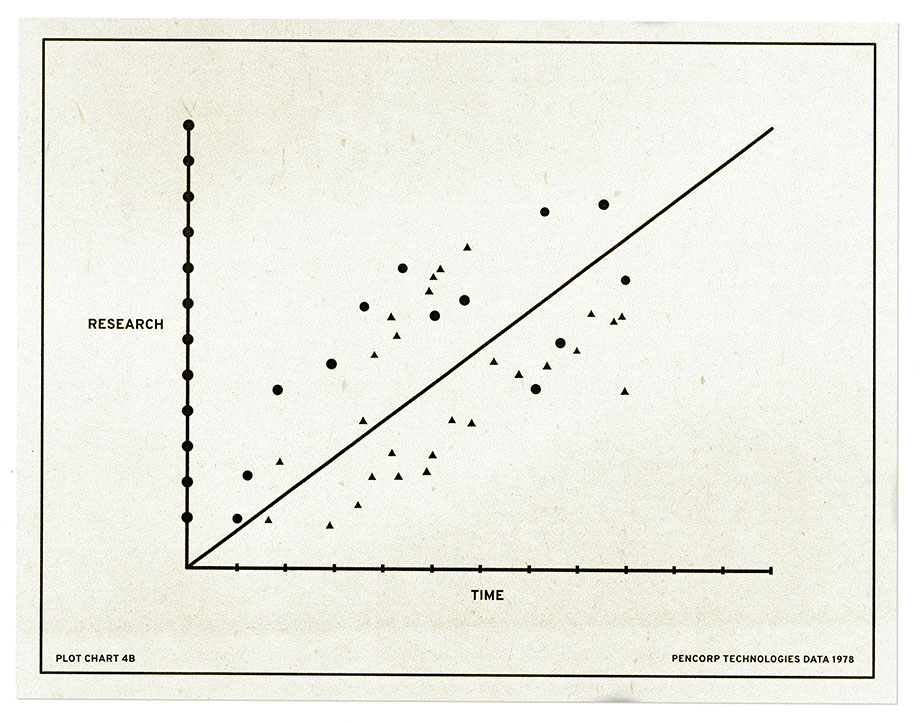Show Navigation Menu
Section Two : Becoming a Researcher/Scholar
Chapter 4: Effective Research
Hide Navigation Menu
Home Page
Section 2 Becoming a Researcher/Scholar / Chapter 4 Effective Research
8. Research Tools
It is probably safe to assume that most doctoral learners were good note-takers during their undergraduate and master’s programs. Their ability to identify the important information to study and recall it for a test or paper has led to academic success. At the doctoral level, it is important for learners to continue taking detailed notes, but rather than simply recalling the information, learners must be able to analyze, synthesize, and create new knowledge from their research. A good memory will only go so far. It can be very difficult to keep track of the most important points from 20 different peer-reviewed articles on a particular subject. Traditional note-taking may not be the most effective approach when learners must analyze different aspects of research. The employment of checklists, plot types, and matrices help researchers organize and analyze data.
Checklists
At some point in life, everyone has used a checklist of some kind, such as a grocery list, to-do list, or procedure list. Checklists help users make sure items are present or tasks are completed. Learners can use checklists to verify information and reduce the chance for error. This text provides learners with an Empirical Article Checklist. It can be used to help learners identify whether or not the necessary components are present for an empirical research article. In the beginning, it will be a valuable resource for new doctoral learners, but, over time and repetition of use, doctoral learners will be able to identify empirical research articles without the aid of a checklist. It will become second nature.
Plot Types
Visualizing and communicating data in a visual format can help researchers analyze and explain complex ideas and/or relationships. There are multiple plot types, such as Venn diagrams, line charts, and bar graphs, at learners' disposal.
The comparison matrix allows learners to recognize similarities and differences between the articles.

Sidebar 2:
Completed Comparison Matrix
At the doctoral level, all learners should make the transition from a student completing assignments to a researcher conducting research.
Comparison Matrix
A comparison matrix can help learners keep large amounts of information focused and organized. It also provides a place to view selected notes side-by-side for comparison and analysis. By itself, it is simply an empty table, but once learners assign categories to compare, then it becomes an effective research tool. The columns represent the selected articles, and the rows contain the different sections the learner wants to compare. More rows and columns can be added as the research expands the library search. The comparison matrix allows learners to recognize similarities and differences between the articles. Once learners have identified the sections and input their findings in each box, they are able to examine and analyze the information. Ultimately, learners will synthesize the data in the rows and columns into a written document that demonstrates their analytic abilities and understanding of the subject material. A comparison matrix is only as good as the learner’s ability to adequately identify each section and produce comprehensive notes that communicate the necessary information that can be synthesized later into sound analysis.
Rubrics
At the doctoral level, all learners should make the transition from a student completing assignments to a researcher conducting research. Early in the program, learners will take courses containing assignments that ensure they are prepared for the academic rigors of independent study. Usually, these assignments are graded according to a rubric that communicates the scoring for different academic performance levels. The rubrics will address content, organization, research analysis, writing style, and understanding of APA format. Rubrics identify the areas in which learners are proficient as well as areas needing attention and improvement. Grades are important early on in the program as a marker of objective measurement, but by the time doctoral learners reach the Academic Quality Review (AQR) phase and the prospectus phase they should be making aforementioned transition from student to researcher. The dissertation is graded according to a type of a rubric based on a scale of 1 to 3. Revisions will be required if any part of the rubric score receives 2 or less. Academic performance is still measured and graded, but the evaluation has shifted toward an objective assessment of a learner’s informed analysis of subject matter in a clear and convincing manner that creates a significant contribution to the learner’s field of study.
Learners should use the available resources from their course and the DC Network to guide their writing for class assignments and their dissertation. Besides the traditional application of a scoring rubric, learners can create and use rubrics as an evaluation tool for data as well as a way to measure research participants’ understanding of a particular subject. Clement, Chauvot, Philipp, and Ambrose (2003) published research discussing their use of rubrics to “code large sets of belief-survey data” (p. 221). However, they caution others to consider, “the resources, time, money, and large number of persons qualified to develop and code rubrics” (p. 226). It is a substantial undertaking that should be discussed with a dissertation committee before doctoral learners elect to implement this type of research practice into their methodology.


